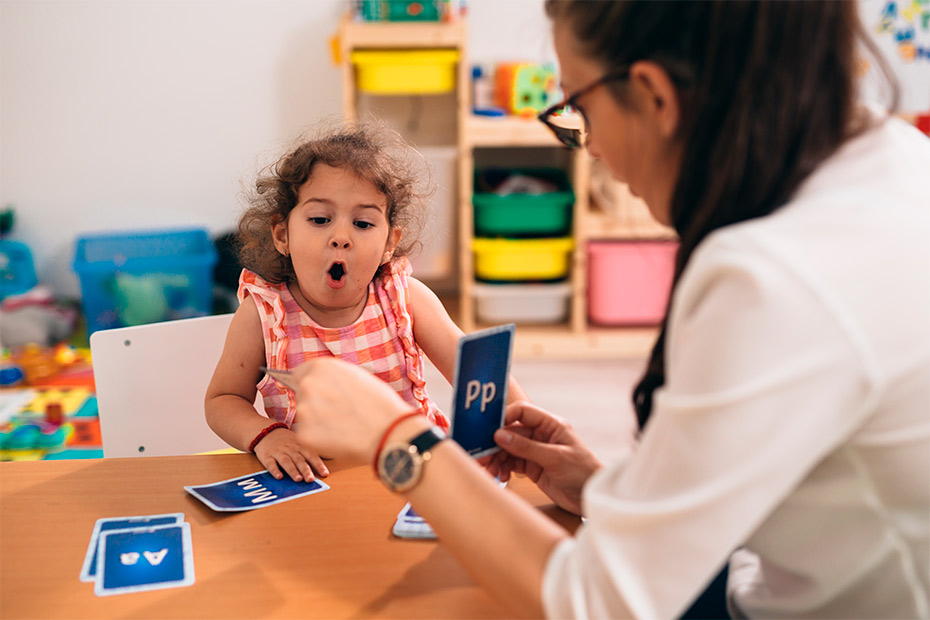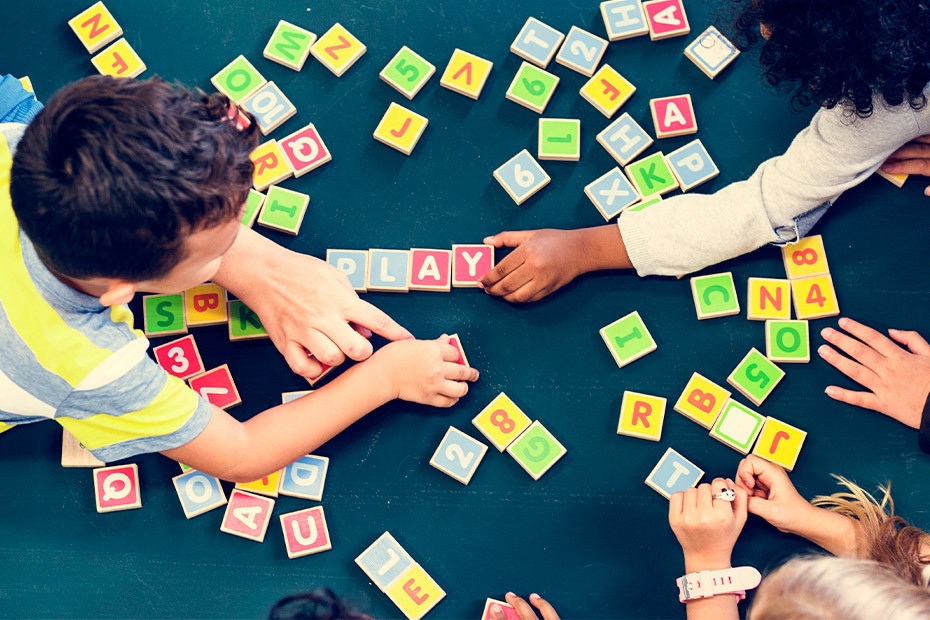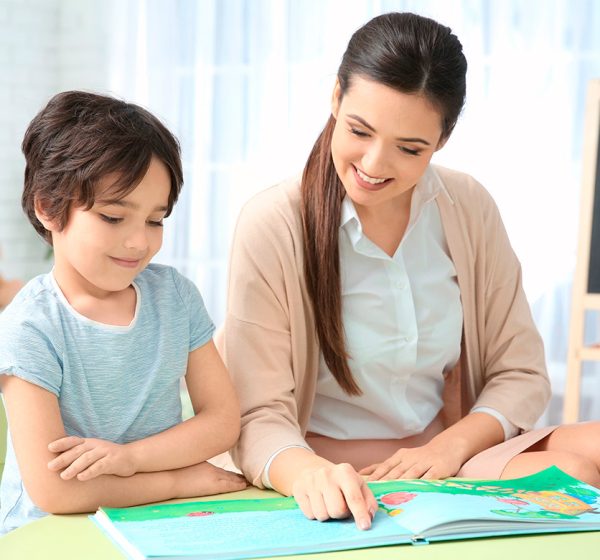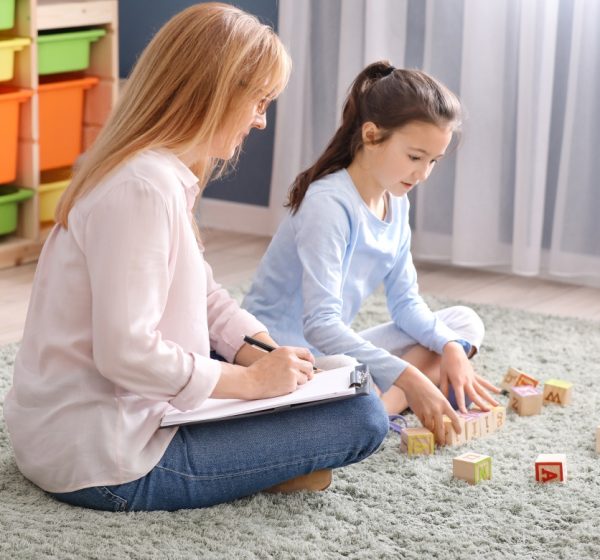In a culturally rich and linguistically diverse region like the Rio Grande Valley, many children grow up speaking both English and Spanish. While bilingualism is a beautiful gift that comes with countless cognitive and social benefits, it can also present unique challenges, especially regarding speech and language development.
Early intervention through speech therapy can be life-changing for bilingual children with speech and language disorders. It can potentially improve their ability to communicate and boost their confidence, academic performance, and emotional well-being.
We believe every child deserves a voice and the chance to use it with clarity and confidence. Let’s take a closer look at what speech therapy means for bilingual children and how it can help your child or a loved one thrive.
What is speech therapy for bilingual children?
Speech therapy is a personalized process to help children strengthen their communication skills. For bilingual kids, this often means working in both English and Spanish to address challenges with pronunciation, comprehension, fluency, or expression.
Therapy is guided by licensed Speech-Language Pathologists (SLPs) who understand how children develop language in dual-language environments. According to the American Speech-Language-Hearing Association (ASHA), bilingualism itself doesn’t cause speech disorders, but without culturally and linguistically appropriate evaluation, children can sometimes be misdiagnosed.
Pediatric speech therapy often involves playful, interactive sessions tailored to each child’s unique needs. These might include:
- Storytelling and play in both languages
- Games focused on sound-making and vocabulary building
- Flashcards, picture books, and other visual tools
- Group exercises to build confidence in conversation
- Parent-friendly strategies to support progress at home
The most effective therapy considers a child’s cultural background and home language, creating a supportive environment where they feel safe to learn, grow, and find their voice.
Why bilingual children may need speech therapy

It’s important to understand that speech and language development vary widely among bilingual children. Some may begin speaking later than monolingual kids, which is completely normal. However, in some cases, difficulties may go beyond typical development.
Bilingual children may benefit from speech therapy if they:
- Mix up grammatical structures between languages excessively
- Have difficulty understanding or responding in either language
- Show signs of stuttering or prolonged pauses when speaking
- Use limited vocabulary and sentence structure in both languages
- Avoid social interaction due to embarrassment or fear of speaking
A PubMed study found that bilingual children who received therapy in both languages showed significant improvement in communication outcomes compared to those treated in just one language. The key is not to eliminate one language, but to support both equally.
A Look at the Rio Grande Valley
The Rio Grande Valley is home to one of the largest bilingual populations in the United States. With over 85% of residents speaking a language other than English at home, most often Spanish, the demand for culturally sensitive and bilingual-focused care is especially high.
In this unique setting, speech therapy services must reflect the community’s linguistic diversity. Therapists who are fluent in both English and Spanish and who take the time to understand each family’s cultural background can make a big difference in how children progress. When children feel understood and supported in both languages, they’re more likely to thrive in therapy.
According to the National Institute on Deafness and Other Communication Disorders (NIDCD), 8 to 9 percent of young children in the U.S. have speech sound disorders, and many go without treatment due to language barriers or a lack of access to bilingual care.
For parents, understanding bilingual language development and recognizing early signs of delay can be key steps in getting timely support. Exploring trusted educational resources or speaking with a licensed professional can offer clarity and reassurance.
Spotting the Signs: When to Seek Help

So, how do you know if your bilingual child might need speech therapy?
It’s not always easy, but here are a few red flags to watch for:
- Struggles to follow simple instructions in either language
- Frequent frustration when trying to express thoughts
- Limited vocabulary that doesn’t expand with age
- Repeating the same errors in speech despite corrections
- Difficulty making friends or participating in group conversations
Remember, not every delay means there’s a disorder, but if something feels “off” and persists over time, don’t wait. Early detection and intervention are key.
The same study from ASHA referenced earlier also highlights that children who receive intervention before age 5 show greater long-term language gains than those who begin later. The sooner you start, the better the outcomes.
How We Can Help – And Where to Start

At Tip of the Tongue Rehab, we create personalized therapy plans for bilingual children that support growth in both English and Spanish. Our experienced therapists work closely with families to overcome speech and sensory challenges, helping kids build confidence and communication skills.
If you’re concerned about your child’s speech development, don’t wait. A quick consultation can bring clarity and peace of mind.
Contact us today to learn more or schedule an appointment in the Rio Grande Valley





